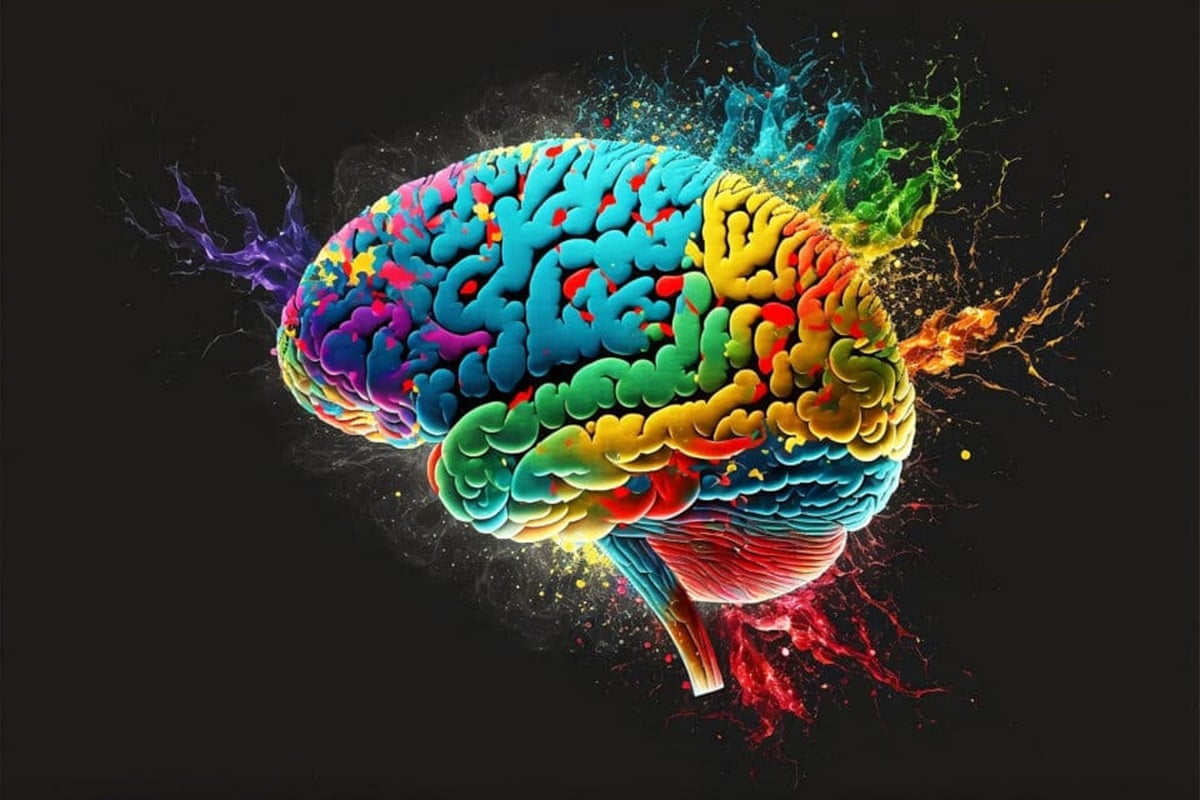The human experience of color is a phenomenon that transcends mere sensory input; it is a vivid illustration of the brain’s capacity to interpret the world. A groundbreaking study by Columbia University neuroscientists has unveiled the intricate brain-cell circuitry that transforms light waves into the rich tapestry of colors we perceive.

The Study’s Core Discoveries
- Neural Circuitry: For the first time, researchers have pinpointed the specific networks of neurons in fruit flies that convert light into color perceptions.
- Hue-Selective Neurons: These specialized neurons within the optic lobe respond to different hues, including violet and ultraviolet, which are essential for the survival of many species.
The Role of the Connectome
- Mapping Neuronal Pathways: Utilizing the fly-brain connectome, an elaborate map of neuronal connections, the team could hypothesize the circuitry responsible for hue selectivity.
- Mathematical Modeling: By simulating these neural circuits, researchers gained insights into the complex interplay of brain cells that enable color perception.
Implications and Future Research
- Understanding Recurrence: The study highlighted the importance of recurrence in neural circuitry, where outputs feed back as inputs, crucial for hue selectivity.
- Validating Through Experimentation: Disrupting this recurrent connectivity led to a loss of hue-selective activity in neurons, confirming the circuitry’s role in color perception.
This research not only deepens our understanding of color perception but also opens new avenues for exploring how the brain interprets and interacts with the environment. The implications of this study are vast, promising to enhance our grasp of neural processing and the subjective nature of our sensory experiences.
Leave a Reply